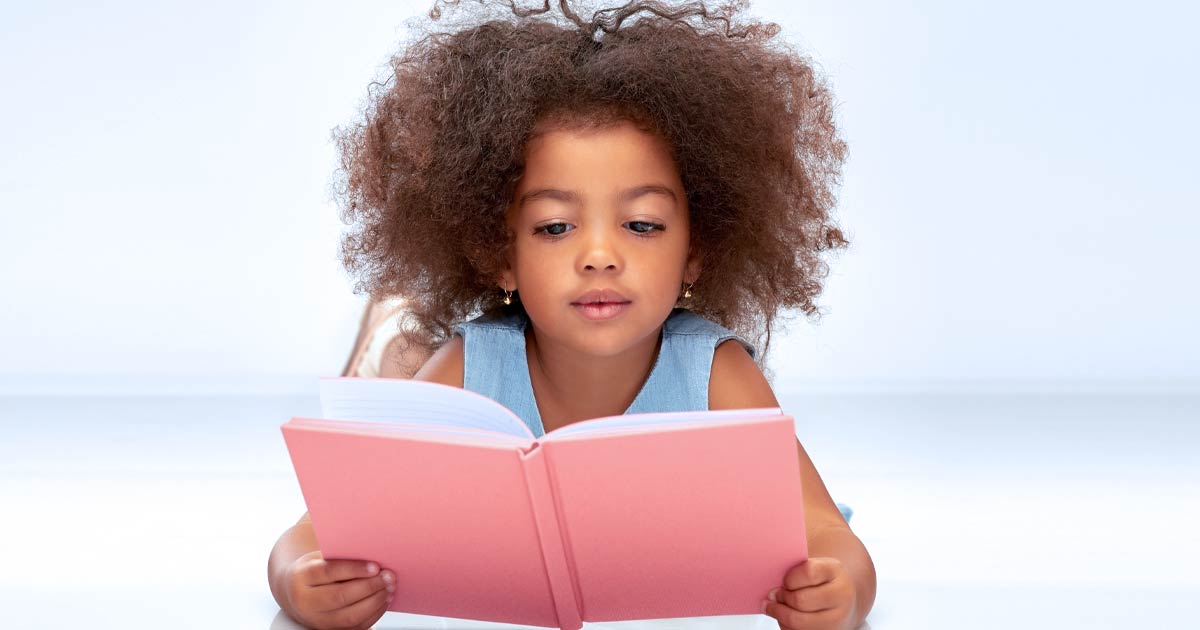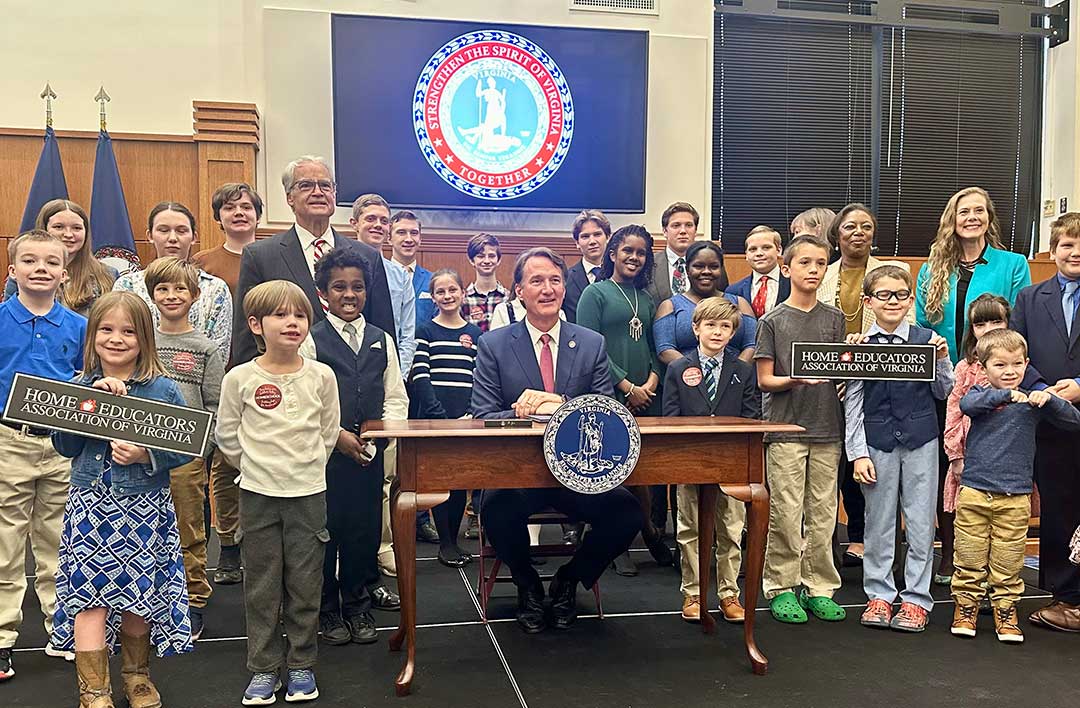Learning to Read Is Like Learning to Speak
by Kyndra Steinmann
Lately the toddler tornado has been experiencing a language explosion! Every day or two she has a new couple of words, and she is constantly trying to string them into phrases and getting frustrated when her attempts at communication are met with confusion. Sometimes she really is pretty clear—“moo..re chockat” was pretty understandable as “more chocolate,” but at other times we are only able to grasp that she wants something, or is trying to tell us about something. Language acquisition—like learning to read—is hard.The learning child has to learn to distinguish a mash of sounds as individual words, and then learn which words to string together in what order, if they want to make themselves understood. No wonder she needs a nap by mid-morning!
The other day, I was working with the preschooler on some beginning reading skills (Do these two words start with the same sound? Which pictures rhyme? etc.) and he was really struggling with the concept. He was rapidly becoming frustrated with himself, as he has a strong desire to learn to read, and he sees the older children doing it so easily. I was watching him work at it and trying to give hints without giving answers, and it occurred to me that what he was doing was every bit as difficult as the toddler learning to talk!
In some ways, he is just taking the next step in communication—breaking the language down into its sounds and then building the sounds back into new words—but his brain doesn’t do those steps automatically yet, and there are a lot of steps to keep track of even in something as “simple” as deciding whether or not two words start with the same sound.
Think about it for a minute. If you’ve taught reading, then you have probably had the experience of a child sounding out “c…a…t” and saying “rat”!
How on earth can they do that?
They know the correct sounds. They said the correct sounds. So where did “rat” come from?
It came from the fact that the early reader doesn’t yet have automatically in their minds the sounds of the letters. They sound out correctly, but by the time they reach the last sound, they are somewhat unsure of what they said for the first letter, so they insert a word that has something to do with the story in hopes that it will be correct. In the same way that the toddler tells me, “Rocking!”—her word for nursing—whenever she has a problem that she has no word for, the early reader tries some word that is related to the story or sentence in some way in his mind. Imagine how frustrating it is for him to be told his guess isn’t the right answer.
Learning to read is one of the places in which homeschooling parents experience the most fear. A child who can’t read will be extremely disadvantaged in his life. True! We have a responsibility to teach our children to read, and it is very easy for our fears for their success to turn the “learning to read “ process and reading itself into a struggle and trial to our children. It is so important at the beginning of the learning journey that the lessons be gentle and that we make it clear that we know that they are doing something difficult. We need to make it clear that teacher and student are a team, and that we will continue to work with the student until he does learn to read, however long that takes.
A few things that help with this difficult task:
- Provide a language-rich environment that stimulates children to desire to learn to read. When young children are read to, and see people around them reading and referring to books, they will want to learn.
- Read poetry—even silly rhymes like Dr. Seuss or Ogden Nash. The rhythm and rhyme of poetry begin to train the brain to think of words as something made up of parts.
- Read books aloud that the child can’t yet read independently, and have him narrate the story back. Write down what he narrates and have him read it back to you (even if this means that you read it and he repeats it). This is how children learn that words are strung together to convey ideas—and, incidentally, it makes learning to write on their own easier, as they will have already learned how to compose and order their thoughts.
- Play games that depend on language and/or spelling. Junior Scrabble is popular around here, as are just spelling things on the refrigerator with magnets to see what it says.
- Include opportunities for literacy in their games as appropriate. The six year old and the preschooler have a game called “snack stand” in which they “cook” in the toy kitchen and attempt to sell us what they cook—Peace and Quiet Salad with the lettuce cooked so it wouldn’t crunch, for example. I have added a little blackboard to their play space, and they get someone to write a menu for them, or they ask us how to spell “Chocolate Cake with Sarbines (Sardines).” Seeing their own ideas written down prompts them to think about how other words are made.
Finally, relax! Unless your child has a learning difficulty (a subject for another post) he will learn to read if the two of you keep working at it. It may take some time, and you may have to get creative, but he will learn! Be patient, let him know that you know him will learn—and together, you will learn!
Kyndra Steinmann blogs at Sticks, Stones and Chicken Bones about living in a houseful of young children, special needs, discipling hearts, and abundant grace! As a homeschool graduate, she has an especial burden to encourage mothers to know and enjoy their children. Follow her on Facebook and Pinterest.
Enjoy this article?
Browse our HEAV blog archive for more interesting reads and related homeschool lifestyles here.










